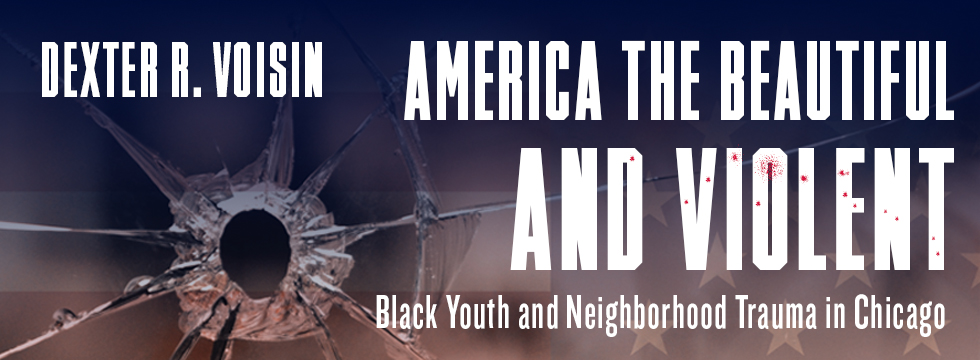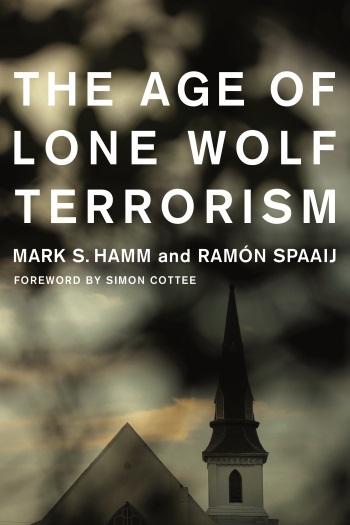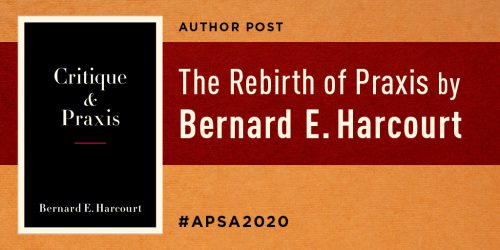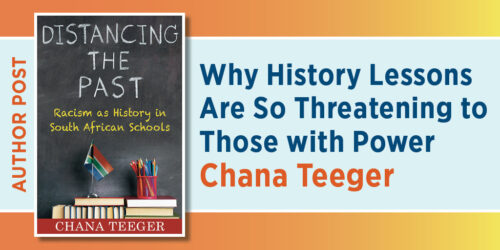Q&A: Dexter R. Voisin on Race-Related Violence in the United States

“Voisin powerfully shows that the violence that Chicago’s black youth experience is rooted in the nation as a whole. He untangles these complex systems and offers clear and effective solutions. This book will be illuminating for scholars, policy makers, and practitioners alike.”
~Mary Pattillo, author of Black on the Block: The Politics of Race and Class in the City
Kristopher Rivera, a report for Sputnik news, has been covering mass, murders, homicides and its intersection with race, structural inequity and American social tensions for two decades. In the wake of Saturday’s shooting in El Paso, Texas, he reached out to Dexter R. Voisin, author of America the Beautiful and Violent: Black Youth and Neighborhood Trauma in Chicago to discusses race-related violence in the United States.
• • • • • •
Kristopher Rivera: Director Christopher Wray of the FBI said during a hearing in Congress some weeks ago that white-supremacist-related violence was on the rise. Do you see any key factors contributing to this issue?
Dexter R. Voisin: Uniform Crime reports indicate that hate crimes have increased over the past two years. People are very passionate about highly personal and complex issues that affect all of us as Americans. However, there is a stunning lack of civil discourse related to these discussions in the media, politics, and overall society. The dearth of sober, nuanced and balanced perspectives offered by politicians and media commentators have contributed to the unbridling of hate rhetoric and the deepening of many of America’s unresolved wounds related to racism, anti-Semitism, sexism, xenophobia among others.
KR: Do you think President Trump is inciting most of this hate-crime violence? Is this an issue fueled by the tense political landscape and division in the country?
DRV: It goes without saying that the words of people in positions of power and privilege matter deeply. However, when we peep behind America’s veneer she has long been not only beautiful, but also divided and violent. In the words of the prolific author James Baldwin “American history is longer, larger, more various, more beautiful, and more terrible than anything anyone has ever said about it.” America was birthed in violence and many of her social policies and practices have been violent towards the poor, racial minorities, women, veterans, and immigrants among others. The Ferguson Missouri Riots after Michael Brown’s death; the painful historical and ongoing legacy of racism that contributed to the execution of Laquan McDonald by police in Chicago, and the slaughter of 11 innocent Americas in a Pittsburg Synagogue where not simply caused by political hate rhetoric. America has long struggled with the scars of her violent birth defect; betwixted with reconciling her past and future; and defining what and who can be seen, treated, and respected as an American.
KR: Is the solution to combating gun-related violence a federal one or a local one? What should each jurisdiction be doing to mitigate gun-related violence and racial and political tensions? Does Chicago have any successful programs that can teach other parts of the country best practices?
DRV: Polling data shows that the majority of Americans both democrats and republicans are in favor of sensible gun control laws, banning civilian access to military style weapons, and universal background checks. Leaving states to legislate gun controls have not worked. Illinois has some of the most restrictive gun control laws yet Chicago is 12th in the nation for homicides per 100,000. The movement of guns from bordering states like Wisconsin and Indiana, which have loose gun control laws, are contributing factors. There needs to be a federal policy on gun access and control. This is a call for strong political leadership and that puts the protection of all Americans above the profit and interest of strong interest groups. The media can also greatly assist to shine the light on many of the structural divers of gun violence in America. Mass murders (loud traumas) though horrific account for less than 2 percent of all homicides in America. The majority of American homicides (silent traumas) are driven by social and economic inequality and frequently occurs in poor inner cities that are forgotten by America’s economic and media machines. The media has the potential and power to provide more nuanced perspectives to the factors and forces that make America the most violent country in the developed world.
KR:President Trump placed some blame on violent video games as contributing to the spike in violence. Do you think this is true?
DRV: President Trump is blaming video games and the mentally ill as a red herring to distract from the larger systemic problems that I highlighted earlier that remain unaddressed.
Read an excerpt from chapter one of America the Beautiful and Violent: Black Youth and Neighborhood Trauma in Chicago below.








